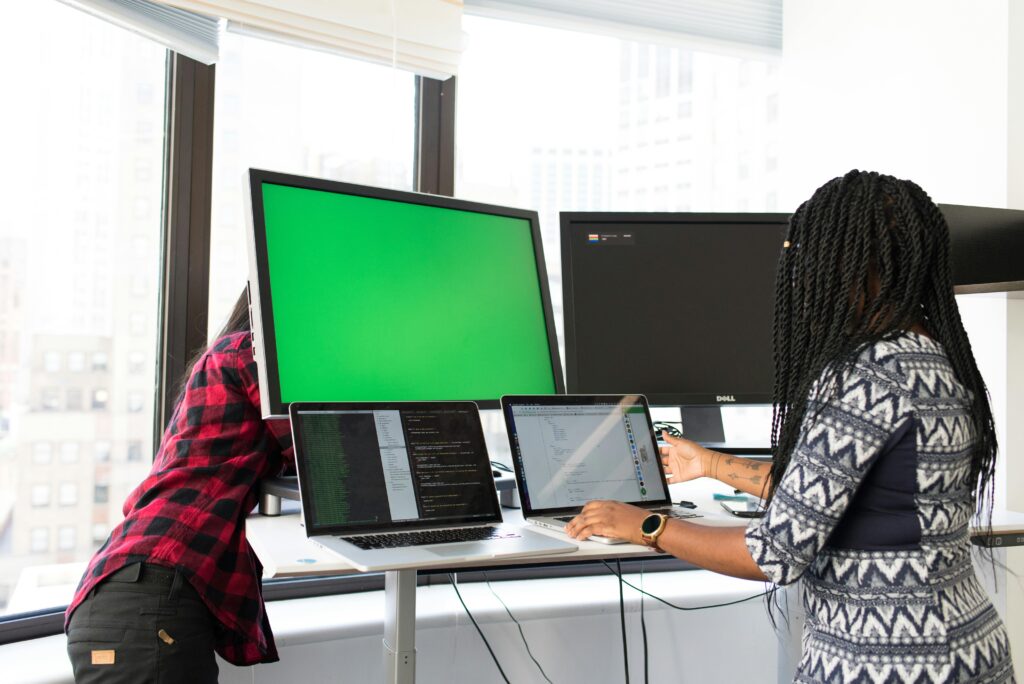In a rapidly evolving world where creativity and innovation are prized assets, intellectual property (IP) protection has become more crucial than ever. Women, who are increasingly contributing to various fields as inventors, creators, and entrepreneurs, face unique challenges in safeguarding their intellectual property. This blog explores the importance of IP protection for women, the obstacles they encounter, and how they can navigate the complex landscape of intellectual property to ensure their creative works are protected.
The Importance of Intellectual Property Protection
Intellectual property encompasses a broad range of creations, from inventions and literary works to brand names and designs. For women in creative industries, protecting these assets is vital not only to preserve their ownership rights but also to ensure they receive recognition and financial rewards for their contributions. IP protection provides legal rights that prevent others from copying, using, or selling a creator’s work without permission, thus encouraging continued innovation and creativity.
For women, IP protection is particularly significant as it empowers them to control how their work is used and monetized. Whether it’s a groundbreaking invention, a unique piece of art, or a distinctive brand, women can leverage IP rights to build businesses, establish reputations, and gain a competitive edge in the marketplace. Without adequate protection, however, their creations are vulnerable to exploitation, potentially undermining years of hard work and stifling further creative endeavors.
Challenges Women Face in Protecting Intellectual Property
Despite the critical role of IP protection, women often face significant barriers in accessing and enforcing their rights. One of the most notable challenges is the lack of awareness and understanding of IP laws. Many women creators and entrepreneurs may not fully comprehend the intricacies of IP protection, leading to unintentional neglect of their rights. This knowledge gap can be particularly pronounced among women in developing countries, where legal resources and education on IP are often limited.
Moreover, women often encounter gender bias in the IP registration process. Studies have shown that female inventors are less likely to receive patents compared to their male counterparts. This disparity can be attributed to various factors, including the underrepresentation of women in fields like science, technology, engineering, and mathematics (STEM), where patents are more common. Additionally, women may face challenges in accessing the financial resources needed to secure IP protection, as well as the legal support necessary to enforce their rights.
Another significant hurdle is the cultural and social norms that undervalue women’s contributions to innovation and creativity. In many societies, women’s creative work is often dismissed as less valuable or important, leading to a lack of recognition and support for their IP rights. This can discourage women from pursuing IP protection or even from engaging in creative activities in the first place.
Navigating the IP Landscape: Strategies for Women
To effectively protect their intellectual property, women must first educate themselves about the different types of IP rights and the processes for obtaining them. Patents, copyrights, trademarks, and trade secrets each offer different forms of protection, and understanding these distinctions is essential for choosing the right strategy. Women should also seek out legal resources and support networks that can provide guidance and assistance in the IP registration process.
Building a strong network is another crucial strategy. Women can benefit from connecting with other female creators, inventors, and entrepreneurs who have successfully navigated the IP landscape. These networks can offer mentorship, share valuable experiences, and provide access to resources that can help women protect their intellectual property. Additionally, women should consider collaborating with IP professionals, such as patent attorneys or trademark agents, who can offer expert advice and ensure that their IP rights are fully secured.
Advocacy is also key to overcoming the systemic challenges women face in IP protection. By raising awareness about the importance of IP rights for women and advocating for more inclusive policies and practices, women can help create a more equitable IP landscape. Organizations that support women in innovation, such as Women in IP, play a vital role in this effort by offering education, networking opportunities, and policy advocacy.
Conclusion
As women continue to make significant strides in creative and innovative fields, protecting their intellectual property is more important than ever. While challenges remain, women can successfully navigate the IP landscape by educating themselves, building strong networks, and advocating for greater inclusivity. By safeguarding their creative works, women not only secure their rights and livelihoods but also contribute to a more diverse and dynamic global economy.









